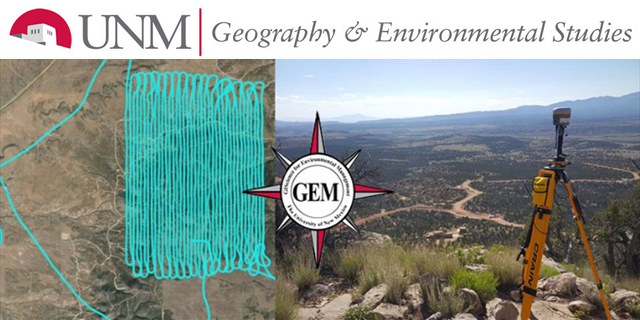
Geography ETDs
Publication Date
Summer 7-30-2016
Abstract
The model, “Remote Sensing Communication Model” (RSCM), which permits the estimation of the timeliness of remote sensing systems (RSS) is tested (Lippitt, Stow, & Clarke, 2014). This model conceptualizes RSS as having capacities that determine the timeliness of the systems, where a system is comprised of three segments, each with a capacity that determines the timeliness of that segment: acquisition capacity, transmission capacity, and receiver capacity (i.e., the capacity of a human and/or machine analyst to produce information) (Lippitt et al., 2014). Acquisition and transmission capacity analyses are run to aid in the optimization of a flexible time-sensitive remote sensing system being designed for emergency response in Bernalillo County, NM. Modeled timeliness is validated using empirical tests of airborne acquisitions, the model modified to improve fit, and then used for a variety of manned and unmanned platform and sensor combinations to infer the timeliness of data delivery to emergency managers, based on both currently available and potential airborne assets. In doing so, this research assesses the accuracy of capacity based estimates of timeliness for airborne RSSs and demonstrate a method for the optimization of platform, sensor, and transmission configurations for emergency response.
Degree Name
Geography
Department Name
Geography
Level of Degree
Masters
First Committee Member (Chair)
Lippitt, Christopher
Second Committee Member
Lippitt, Caitlin
Third Committee Member
Xiao, Danqinq
Document Type
Thesis
Project Sponsors
National Science Foundation Award # CMMI-1360041
Language
English
Keywords
Remote Sensing, Disaster, Emergency Management, RSCM, Remote Sensing Communication Model, Remote Sensing Systems
Recommended Citation
Loerch, Andrew. "Modeling the Timeliness of Airborne Remote Sensing Data." (2016). https://digitalrepository.unm.edu/geog_etds/31
